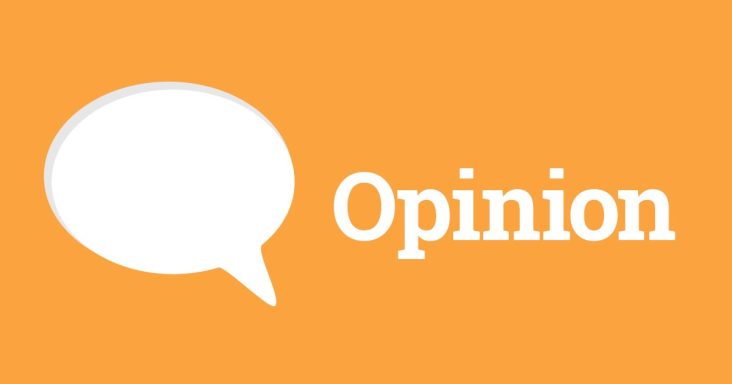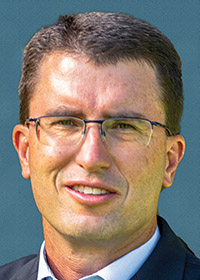Everyone has a story
by November 12, 2023 8:44 am 420 views

Several years ago, in my stint as CEO of Soderquist Leadership, one of our directors, Gary, brought this truth into our leadership development programs: “Everyone has a story.” I don’t know that it was original to Gary, nor did he claim it as such, but its importance and relevance have continued to show all these years later.
In my practice, I see it regularly. Whenever I’m coaching an executive, and we get into tendencies, be they strengths or, shall we say, “development opportunities,” as we peel back and explore the context, inevitably, we find context and origin. Somewhere along the way, we identify that they have come to a particular belief, habit or way of leading that has become a core part of who they are and how they are showing up. It’s right there — in their story.
The same is true for teams. In coaching intact executive teams or team workshops, the dynamics at play are a collective “stew” of stories. Whether that stew is a veritable symphony of flavors or tastes like toxic waste has a lot to do with the team’s capability for social and emotional learning (SEL). Those who do it well have high awareness and sensitivity to their and their teammates’ stories. And those who don’t … don’t. And both show.
We must connect this “truth” to our leadership and results. For us as leaders, it’s simply not enough to understand this and feel good about it. Instead, my experience suggests, and I would argue, that this has everything to do with how effective we can be as leaders and as teams. Let me offer an introduction to two helpful constructs.
The first is a personal leadership philosophy. I committed my first draft of my PLP to paper over 10 years ago. But that wasn’t when I developed my PLP. It was already there. I just hadn’t done the reflective work to consider what I believe about leadership. That had begun decades before. I tell clients about the two P’s: personal (unique to you) and philosophy (what you think). Working with leaders on their PLP is always an iterative process of drafting and refining until it is something that really reflects both P’s and is ready to be a tool they can actively use with the people they’re responsible for leading.

The second is a poem. I’m not a poetry guy much past a good limerick or “Casey at the Bat.” Nonetheless, while chairing executive roundtables, I was introduced to an exercise called “I Am From.” I’ve listened to dozens of “I Am From” poems in the past several years, and 100% of the time, I’m moved — sometimes to laughter, others to tears, and almost always to intrigue. With executives I’m coaching, it quickly translates to the context and origin I mentioned earlier. This insight helps leaders work through their leadership development plan to get their heads around that 360 feedback they received or what they need to work on. It’s now in their language and is an asset in their forward trajectory.
I believe one of the most important things we can do as leaders is to spend time reflecting and assessing where we’ve been, are and want to go in our story. Right after that, I believe there’s value in recognizing that for those around us — whether we know what it is or if they’ve ever written it down — they, too, have a story.
What about you?
Have you done that reflection? Do others know your story? Do you know the stories of the team around you? If the answer is “no,” now’s a good time to start.
Chuck Hyde is the founder of C3 Advisors, a firm focused on executive development and talent optimization. He can be reached at www.c3adv.com. The opinions expressed are those of the author.
